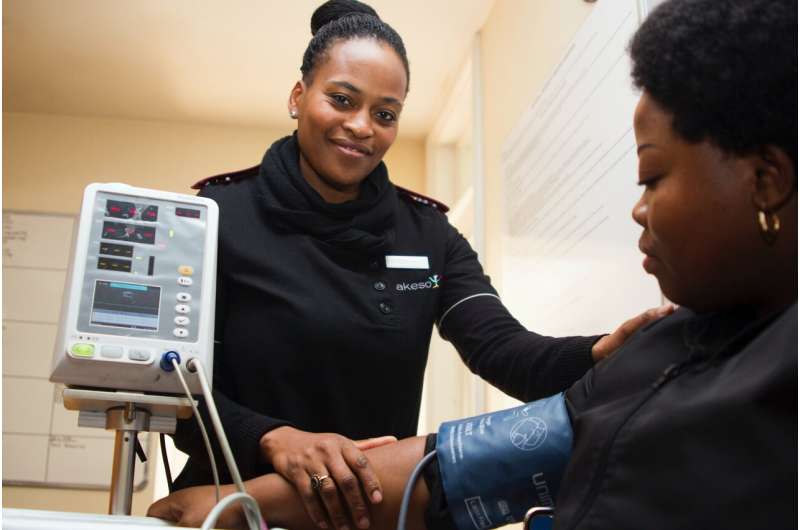Roster of care team photos, roles improved patient recognition, experience

Offering patients a roster of clinicians on their care team increased recognition of each clinician's name and face during their treatment period, something patients also reported as highly significant to their care, according to research presented at American College of Cardiology Quality Summit Virtual, taking place Sept. 29—Oct. 1, 2021. Facial recognition is of additional importance during universal masking requirements set in place during the COVID-19 pandemic, as rosters allowed for patients to see the clinician behind the mask.
Patient care teams are often comprised of multiple clinicians fulfilling different roles and with varying levels of experience. This team approach is critical to quality patient care, but interacting with multiple people can also be confusing for patients trying to engage with and establish a relationship with their entire care team. Researchers sought to remedy this problem by distributing a clinician team roster with names, pictures and role of each team member to patients admitted to primary cardiology service.
Those considered for the observational study were English-speaking patients admitted to the progressive care unit from December 14, 2020 to April 5, 2021 for greater than 24 hours. Patients with documented delirium/dementia or altered mental status were excluded. Eligible patients between February 9, 2021 to April 5, 2021, then received a questionnaire 24 hours after admission to test their ability to identify team members and their defined roles and to determine, using a five-point Likert scale, how important recognizing team members was to their care.
Overall, patients rated how significant being able to recognize their primary physicians a 4.67 out of 5 on average, with 5 being the most significant. For patients admitted longer than eight days, the average increased to 4.75 out of 5. When asked the importance of being able to understand the roles of the primary physicians, patients answered with an average of 4.57 out of 5.
Paul K. Han, MD, lead author of the study and a resident physician in Internal Medicine at the University of Maryland Medical Center, said the simple, cost-effective intervention is a way to enhance the relationship between patients and their physicians, increase patient involvement and potentially lower health care costs.
"Patient satisfaction has been shown to correlate with decreased hospital readmission rates, which saves costs by keeping patients healthy and out of the hospital" he said. "Our initiative may also encourage patients to become more engaged with their health, potentially improving compliance and facilitating the delivery of high-quality care from medical providers."
Prior to receiving the team rosters (from December 14, 2020 to February 8, 2021), patients reported the ability to recognize the attending, fellow, resident, and intern as 4.31, 4.08, 4.23, 4.38 out of 5 on average, respectively. After receiving the rosters (from February 9, 2021 to April 5, 2021), patients reported the ability to recognize the attending, fellow, resident, and intern as 4.63 (7.42% increase), 4.50 (10.29% increase), 4.38 (3.55% increase), 4.00 (8.68% decrease) out of 5 on average, respectively.
Researchers said they recognized there was logistical challenges in implementing the roster protocol since they only saw a 27.59% rate of roster distribution and survey collection.
"There is a need for an aggressive multi-disciplinary approach to implement the Team Roster tool," Han said. "In future iterations, we aim to further streamline the process for ease of implementation."
More information: Summit: cvquality.acc.org/acc-quality-summit

















